Divine symbolism is like a secret language that the universe uses to communicate meanings to us. It is like a cosmic code that hides special messages in everyday things.
Imagine the sunsets coloring the sky in warm hues, or a rainbow appearing after a storm. These are like whispers from a divine source, reminding us that there is beauty and hope even in challenging times.
Nature itself becomes a sacred canvas, with each element carrying a deeper significance. It is as if the world around us is trying to tell a story, and we just need to pay attention to the symbols to understand the magical narrative of life.
What is divine symbolism? Divine symbolism is a language of spiritual messages communicated through symbols. These symbols, like the cross or Om, hold deeper meanings that transcend the physical, connecting believers to the divine. They act as bridges between the earthly and the sacred, conveying truths and enriching the spiritual experience.
- Brief Description Of The Divine Symbolism Meaning
- Understanding The Concept Of Divine Symbolism
- Spiritual Symbols And Meanings List
- Divine Symbolism In Christianity
- What Does Being Divine Mean Spiritually?
- The Divine Symbolisms And Spiritual Meanings
- Spiritual Meaning Of Name Ryder
- Spiritual Glory Meaning
- The Significance Of Symbols In Religious And Spiritual Traditions
- Examples Of Common Symbols Used In Different Religions
- The Evolution Of Divine Symbolism Throughout Ancient History
- How Symbols Can Enhance Our Understanding And Connection To The Divine
- The Role Of Rituals And Ceremonies In Expressing Divine Symbolism
- The Power Of Personal Interpretation And Meaning In Divine Symbolism
- How To Incorporate Divine Symbolism Into Your Own Spiritual Practice
- Discover The Use Of Symbols In Mystical Traditions And Esoteric Practices
- FAQ About Divine Symbolism
- Final Thought 💭
Brief Description Of The Divine Symbolism Meaning
These symbols are like cosmic guideposts, helping us navigate the journey of life. It’s as if there’s a hidden map, and the divine symbolism is the key to understanding it.
Take a simple butterfly, for example, it might seem ordinary, but in the language of divine symbolism, it represents transformation and the beauty that can emerge from change.
Similarly, a tree can symbolize strength and resilience, standing tall through storms and seasons.
By recognizing and interpreting these divine symbols, we open ourselves to a deeper connection with the universe and a greater understanding of our own existence.
So, the divine symbolism meaning is not just about seeing, but about truly perceiving the messages woven into the fabric of our world.
Divine Mind Meaning
The idea of a divine mind meaning is like saying there is a super-wise and all-knowing force out there. It is like having a cosmic brain that understands everything.
When people talk about a divine mind, they mean a power that’s way smarter than us, making sense of the big picture in life. It is like having a guide or a guru in the universe, helping us figure out the deep mysteries and find meaning in our existence.
The divine mind is like the ultimate source of wisdom, a cosmic brainpower that adds meaning and purpose to our journey through life.
Understanding The Concept Of Divine Symbolism
Understanding the concept of divine symbolism is like decoding a secret language that the universe uses to communicate with us. It is about recognizing that ordinary things around us carry special meanings and messages.
Imagine the sunrise or a full moon – these are not just natural occurrences, They are like cosmic signals trying to tell us something important.
Divine symbolism is like a guidebook for life, where each symbol, whether it is a bird, a flower, or a simple gesture, holds a deeper significance.
It is as if the universe is trying to share wisdom with us through these symbols, offering insights into the mysteries of existence.
Understanding divine symbolism is like learning to read the hidden messages that surround us every day, enriching our lives with a magical perspective.

Spiritual Symbols And Meanings List
A spiritual symbols and meanings list is like a roadmap to the deeper significance behind various symbols in our spiritual journey.
By digging into the spiritual symbols and meanings list, we embark on a journey of self-discovery and enlightenment. The yin-yang symbol represents the balance of opposites in the universe.
The tree of life may symbolize growth, strength, and interconnectedness, while the labyrinth signifies a journey of self-reflection and transformation.
Each symbol on the list becomes a tool for contemplation, guiding us toward a better understanding of our spiritual nature.
It is like having a universal language that speaks to our souls, offering comfort, guidance, and a sense of connection to something greater than ourselves.
As we explore and internalize these meanings, we open ourselves to a richer, more meaningful spiritual experience.
10 Spiritual Symbols And Their Meaning
Exploring 10 spiritual symbols and their meanings is like uncovering a treasure chest of wisdom
Each of these spiritual symbols carries a unique meaning, offering guidance and inspiration on our spiritual journey.
Ancient Spiritual Symbols
Ancient spiritual symbols are like timeless messengers from the past, carrying meanings that connect us to ancient wisdom. These symbols, etched in history, have a universal language that speaks to the human spirit.
For example, the Ankh from ancient Egypt represents life and immortality, while the Yin-Yang symbol from ancient Chinese philosophy embodies balance. The Om symbol, originating from ancient Indian traditions, signifies the element of the universe.
Celtic symbols, like the Triskele, convey concepts of cycles and movement in life. These ancient symbols serve as bridges to understanding our place in the larger cosmic story, offering insights into the timeless aspects of human existence and the mysteries of the universe.
Powerful Spiritual Symbols
Powerful spiritual symbols are like ancient keys that unlock deep meanings and connections to the divine. These symbols hold a special energy, transcending time and cultures.
The Cross, for instance, carries Christian significance, symbolizing sacrifice and redemption. The Lotus flower, rooted in Eastern spirituality, represents purity rising from life’s muddy waters. The Eye of Horus from ancient Egyptian beliefs is a potent symbol of protection and insight.
The Yin-Yang symbol embodies balance in Taoist philosophy. The Star of David holds deep significance in Judaism, symbolizing unity and spirituality.
These effective symbols serve as reminders of universal truths, guiding us on our spiritual journey and showing a sense of interconnection to something greater than ourselves.
Symbol For Spiritual Awakening
The symbol for spiritual awakening is like a beacon of light, signaling an inner transformation. Often depicted as a lotus flower unfolding its petals, it represents the awakening of consciousness and spiritual growth.
Just as a lotus rises from the mud to bloom in purity, the symbol signifies the journey of rising above challenges and finding higher states of awareness.
It is a reminder that, like the lotus, we too can navigate through life’s difficulties and emerge wiser and more enlightened.
This element encourages us to embrace change, seek inner peace, and embark on a path of self-discovery leading to a more awakened and fulfilling life.
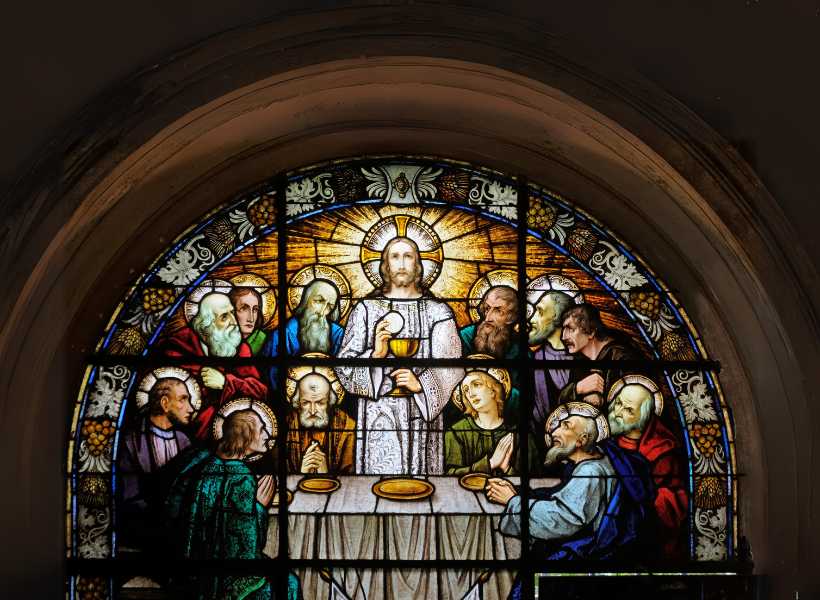
Divine Symbolism In Christianity
In Christianity, divine symbolism plays a crucial role in conveying spiritual truths and deeper meanings. For example, the cross is a powerful symbol representing Jesus Christ’s sacrifice and the redemption of humanity.
The dove is another Christian symbol, often associated with the Holy Spirit and peace. The fish, known as the Ichthys, symbolizes Christ and unity among believers.
The use of bread and wine in the Eucharist holds deep symbolic significance, representing the body and blood of Christ.
These signs serve as visual reminders of key aspects of the Christian faith, helping believers connect with and understand spiritual concepts in a tangible way.
Biblical Meaning Of Devine Symbolism
In the Bible, divine symbolism holds significant meaning, using everyday things to convey deeper spiritual truths.
For instance, the rainbow is a divine symbol of God’s promise after the flood, signifying hope and renewal.
The burning bush, encountered by Moses, is a symbol of God’s presence and guidance. The Good Shepherd, as described by Jesus, symbolizes God’s loving care for His people.
The use of olive branches often symbolizes peace, as seen in the story of Noah and the dove.
These symbols in the Bible are not just stories, they are like visual aids, helping us grasp spiritual messages and illustrating the divine presence in the everyday experiences of life.
What Does Being Divine Mean Spiritually?
Being divine spiritually means connecting with a higher, sacred power that goes beyond our everyday understanding. It is about recognizing a transcendent force or energy that is considered sacred and beyond the ordinary.
When we talk about being divine, it often involves a sense of holiness, purity, and a connection to something greater than ourselves.
In a spiritual sense, being divine implies aligning with love, compassion, and universal principles that guide our existence.
It is a recognition that there is a sacred aspect to life and a source of goodness that goes beyond the material world, inviting us to explore our inner selves and strive for a more elevated and meaningful way of living.
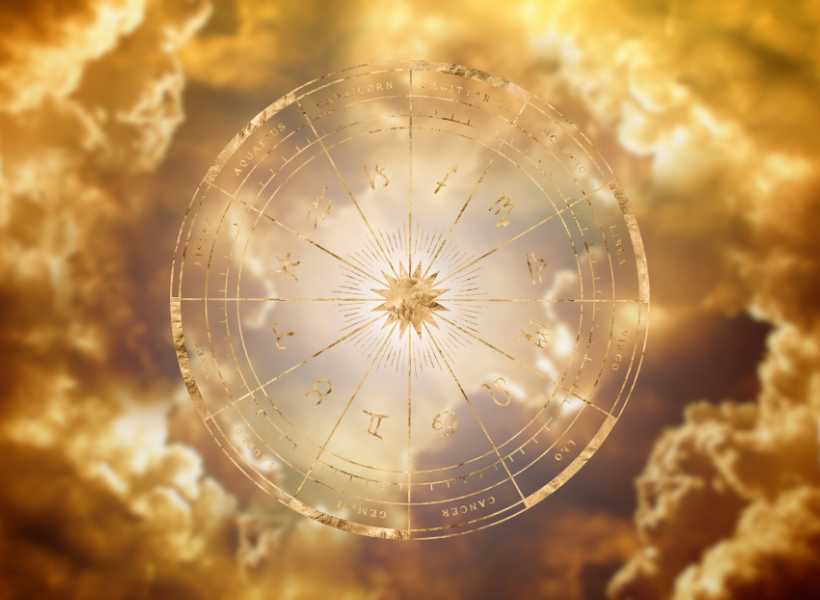

The Divine Symbolisms And Spiritual Meanings
Divine symbolisms and spiritual meanings are like a special language that speaks to our souls. These symbols, found in various cultures and religions, hold deeper significance beyond their surface appearance.
For example, the lotus flower often symbolizes spiritual growth that rises above challenges like a beacon of hope. In Christianity, the cross represents sacrifice and redemption.
The Om symbol in Hinduism embodies the meaning of the universe. Each symbol carries a unique spiritual symbolism, offering guidance, comfort, and a connection to something greater.
Exploring these divine symbolisms can enrich our spiritual journey, providing insights into the mysteries of life and the universal truths that connect us all.
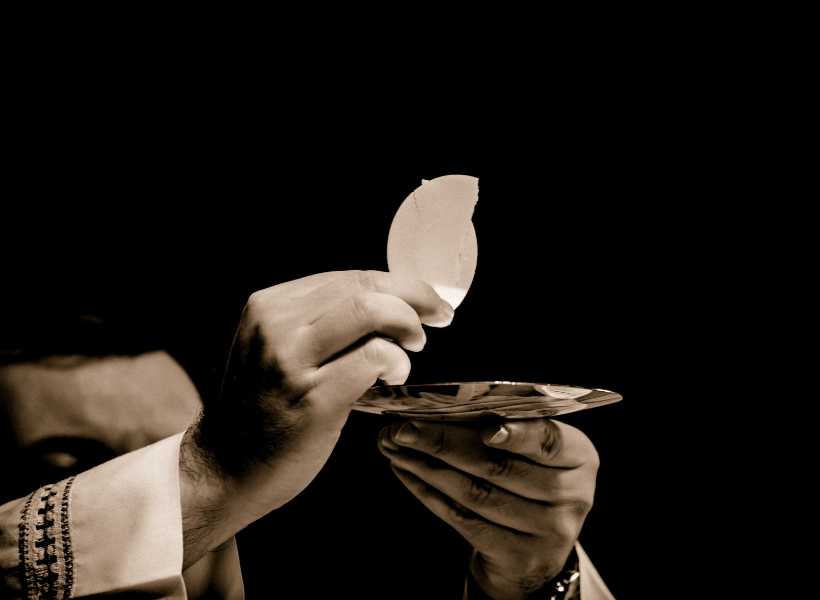
What Does Yin Represent?
Yin represents the gentle and receptive side of things in Chinese philosophy. It is like the calm and cool part of a situation, balancing the active and energetic qualities of Yang.
In the concept of Yin and Yang, Yin is associated with qualities like darkness, quietness, and stillness. For example, the night is considered Yin compared to the day, which is Yang.
Yin is also linked to the moon, femininity, and introspection. It’s not about good or bad, instead, it emphasizes the harmonious interplay of opposites.
When we talk about what Yin represents, think of it as the serene, tranquil, and nurturing aspect that complements the dynamic and vibrant nature of Yang in the dance of life.
Spiritual Meaning Rainbow
The spiritual meaning of a rainbow is like a colorful messenger from something greater than us. In various cultures and beliefs, rainbows symbolize hope, promise, and positive transformation.
The appearance of a rainbow after a storm is seen as a sign of renewal and a reminder that even after difficult times, beauty and brightness can follow.
In Christianity, the rainbow holds a special significance as a symbol of God’s covenant with humanity. Indigenous cultures often view the rainbow as a bridge between the earthly and spiritual.
The spiritual meaning of a rainbow is like nature’s way of sharing a message of optimism, reminding us that there is something magical and hopeful woven into the fabric of our existence.
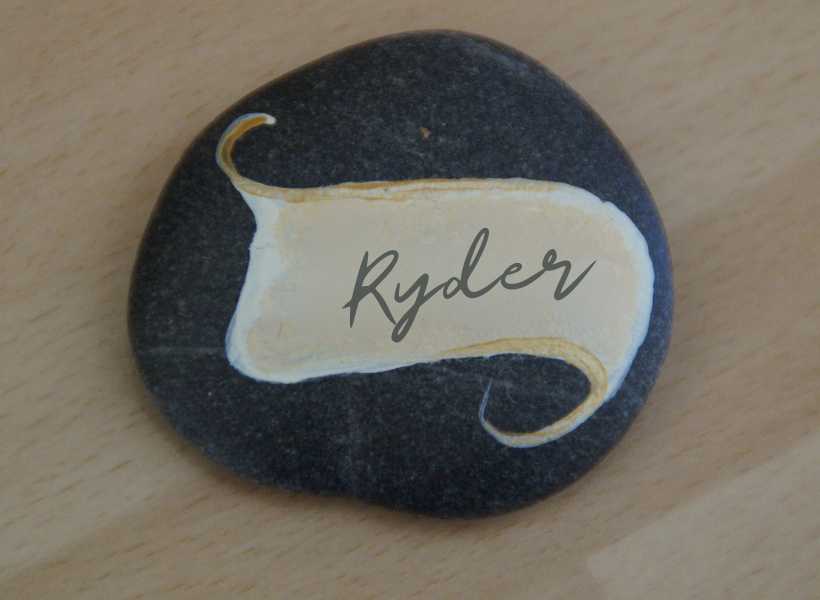
Spiritual Meaning Of Name Ryder
The spiritual meaning of the name Ryder is like uncovering a unique blend of qualities. In a broader sense, the name Ryder is associated with the idea of being a free spirit or an adventurer.
It suggests a person who navigates life’s journey with enthusiasm and a sense of independence.
While names do not have fixed spiritual meanings, some believe that the energy and personality associated with a name can influence a person’s path.
So, if someone is named Ryder, it might signify a spirit that holds change, exploration, and a vibrant connection with the unfolding adventure of life.
Spiritual Meaning Bible
The spiritual meaning of the Bible is like a guidebook for many people’s faith and understanding of life’s deeper aspects.
For Christians, the Bible is a sacred text that holds stories, teachings, and wisdom believed to be inspired by God.
It serves as a source of moral guidance, comfort in difficult times, and a foundation for their beliefs.
The spiritual meaning of the Bible goes beyond just words on pages. it represents a connection to the divine, offering a roadmap for living a purposeful and righteous life.
Whether it is stories of love, forgiveness, or guidance for ethical living, the Bible holds spiritual significance for many who seek a deeper understanding of their faith and the mysteries of existence.
Spiritual Glory Meaning
The spiritual glory meaning is like recognizing a radiant and divine brilliance beyond the ordinary. It is about perceiving an awe-inspiring presence that goes beyond material or earthly things.
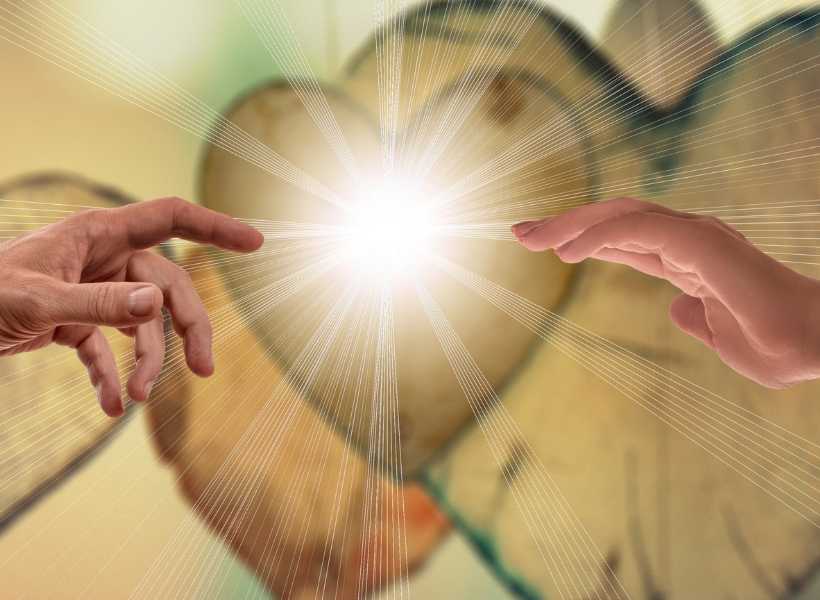
Spiritual glory often refers to the radiant beauty and magnificence associated with a higher power. It is a concept that transcends the mundane, offering a glimpse into the extraordinary and sacred aspects of existence.
We talk about spiritual glory, we are digging into the idea of a majestic and heavenly brilliance that brings a sense of wonder, reverence, and awe to our spiritual understanding.
Spiritual Meaning Of Krista
The spiritual meaning of the name Krista is like uncovering a blend of qualities associated with kindness, purity, and strength. While names do not inherently have fixed spiritual meanings.
They can carry certain vibes. In the case of Krista, it is linked with qualities like grace and goodness. Some may associate the name with a person who brings a sense of compassion and positive energy to those around them.
It is like having a name that reflects a gentle and caring spirit, someone who may embody a nurturing and uplifting presence in both personal and spiritual aspects of life.
The Significance Of Symbols In Religious And Spiritual Traditions
Symbols hold deep significance in religious and spiritual traditions, acting as powerful carriers of meaning and connection.
These symbols, often rich with cultural history, transcend language barriers, conveying complex ideas in a single visual form.
For example, the cross in Christianity represents sacrifice and redemption, while the Om symbol in Hinduism embodies the aspect of the universe.
These signs serve as tangible reminders of core beliefs, offering a sense of identity and shared understanding among believers.
Whether the lotus flower in Buddhism or the Star of David in Judaism, each symbol acts as a visual anchor.
Grounding individuals in their faith and showing a sense of unity within the broader spiritual community.
The significance of these symbols lies not just in their aesthetic appeal but in their ability to evoke spiritual truths and connect individuals across time and diverse cultures.
Religious Symbolism And Iconography
Religious symbolism and iconography play crucial roles in expressing beliefs and telling stories within various faiths. Symbols, like the Christian cross often represent key aspects of a religion’s teachings.
Iconography involves the use of religious images and symbols in art, helping to visually communicate spiritual ideas and narratives.
These symbols and images serve as a sort of visual language, allowing believers to connect with their faith on a deeper level.
For example, in Hinduism, the lotus flower is a symbol of purity and enlightenment, while the Buddha’s image signifies wisdom and compassion in Buddhism.
The combination of religious symbolism and iconography adds layers of meaning to rituals, scriptures, and religious spaces, contributing to a rich and visual tapestry of spiritual expression.
Examples Of Common Symbols Used In Different Religions
Various religions employ common symbols to convey their beliefs, creating a shared visual language that transcends cultural boundaries. The cross is a well-known symbol in Christianity, representing Jesus’ sacrifice and redemption.
Hinduism often uses the Om symbol, reflecting the universe’s essence. Buddhism incorporates the Dharma wheel, representing the path to enlightenment.
The Jewish Star of David symbolizes unity and faith. These examples showcase how symbols become powerful tools to encapsulate complex spiritual concepts, showing a sense of identity and unity among followers of different religions around the world.
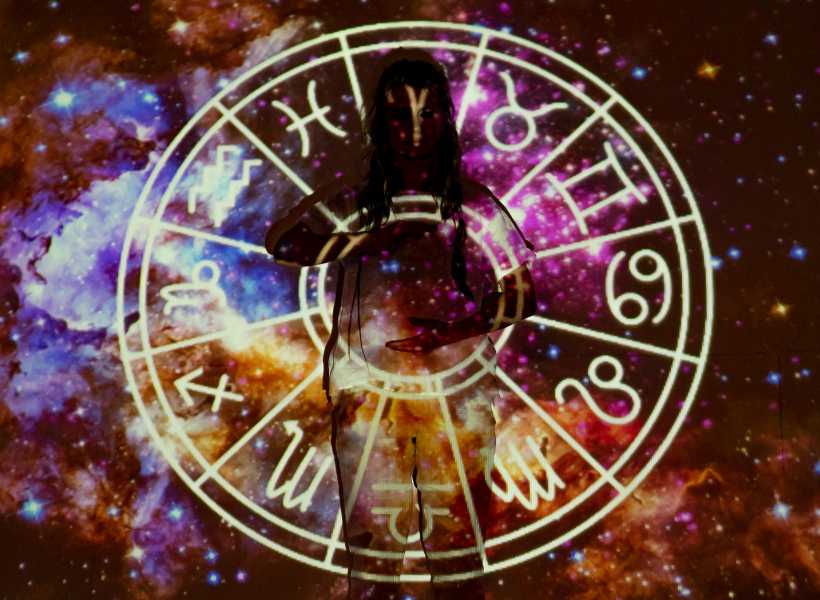
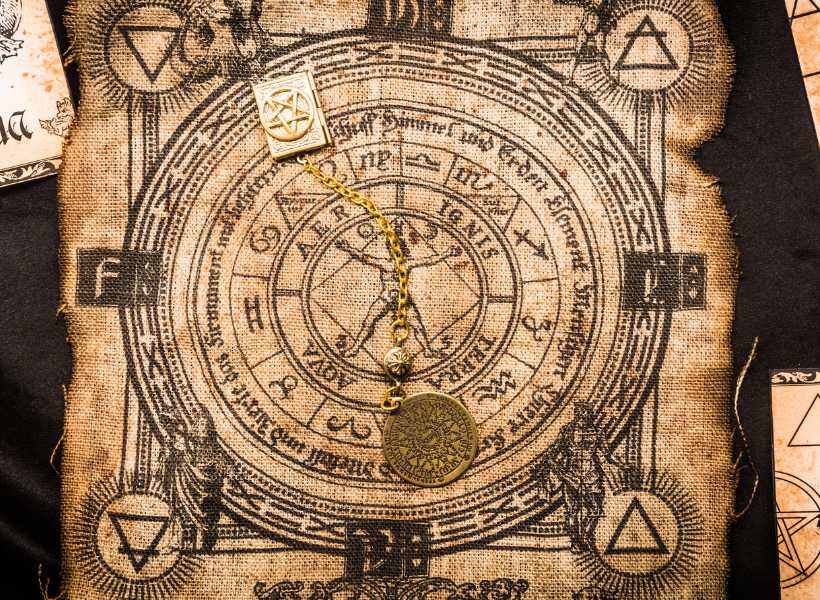
Exploring The Symbolism Behind Key Religious Figures Or Deities
Digging into the symbolism behind key religious figures or deities is like unraveling the deeper meanings attached to these revered beings.
In Christianity, Jesus Christ is often symbolized by the shepherd, emphasizing his caring and guiding role for believers.
In Hinduism, Lord Ganesha’s elephant head represents wisdom and intellect. The Buddha, in Buddhism, is often depicted under the Bodhi tree, symbolizing enlightenment.
Each representation carries rich symbolism, offering followers visual cues to better understand the virtues and teachings associated with these central figures.
These symbols serve as a bridge between the Godly and the human experience, providing a tangible way for believers to connect with and comprehend the spiritual principle of their faith.
The Evolution Of Divine Symbolism Throughout Ancient History
The evolution of divine symbolism throughout ancient history is like tracing a journey of human beliefs and spirituality. In ancient civilizations, symbols held meanings and were woven into daily life.
For example, in ancient Egypt, the Ankh symbolized life and immortality, while the Eye of Horus represented protection. In Mesopotamia, the winged disc symbolized divine presence.
As societies evolved, so did the symbols. In ancient Greece, the laurel wreath represented victory and honor. The Christian fish symbol emerged during the early years of Christianity, signifying faith.
These symbols evolved alongside human understanding, reflecting shifts in cultural, religious, and philosophical beliefs.
The journey of divine symbolism in ancient history is a testament to the enduring human quest to express and connect with the divine in meaningful ways.
How Symbols Can Enhance Our Understanding And Connection To The Divine
Symbols serve as powerful bridges that enhance our understanding and connection to the divine. In various religions and spiritual traditions, symbols act like visual keys, unlocking deeper meanings and connecting us to truths.
For example, the Christian cross brings to mind the sacrifice and love of Jesus, creating a tangible link to core beliefs.
In Hinduism, the Om symbol resonates with the cosmic nature, aiding practitioners in connecting with the divine energy.
These symbols go beyond words, offering a universal language that transcends cultural differences. They act as reminders, stirring emotions, and guiding our thoughts toward the sacred.
Whether in prayer, meditation, or daily life, symbols become anchors that deepen our spiritual understanding and visible a sense of interrelation to anything greater than ourselves.
The Role Of Rituals And Ceremonies In Expressing Divine Symbolism
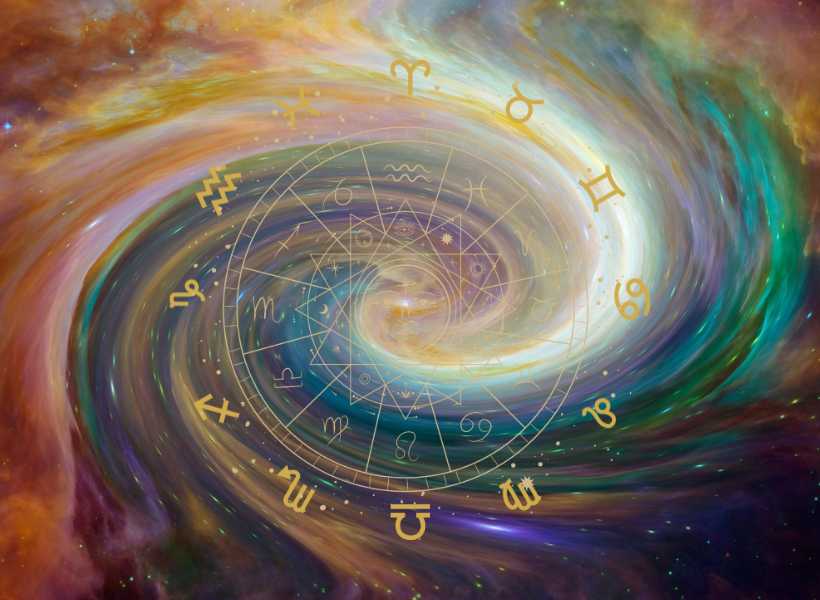
Rituals and ceremonies play a vital role in expressing divine symbolism, turning beliefs into tangible experiences. These practices often involve symbolic actions and objects, making the spiritual connection more vivid.
For instance, in Christianity, the act of taking communion symbolizes a deep connection with Jesus through bread and wine.
In Hinduism, the lighting of a lamp during a ceremony represents the dispelling of darkness by divine knowledge.
Rituals and ceremonies serve as a language of the soul, allowing individuals to participate in and understand the sacred symbols that form the core of their beliefs.
They transform abstract ideas into meaningful actions, creating a shared experience that strengthens the bond between individuals, their faith, and the divine.
The Power Of Personal Interpretation And Meaning In Divine Symbolism
The power of personal interpretation and meaning in divine symbolism is like having a unique key to unlock deeper understanding. Each person brings their own life experiences and perspectives to symbols, making them deeply personal.
For example, a simple candle might represent hope for one person and enlightenment for another. This personal connection to symbols allows individuals to find meaning and guidance in their spiritual journey.
It is like a language that speaks directly to the heart, allowing each person to create their own narrative and find inspiration in the divine.
The beauty lies in the diversity of interpretations, showing that divine symbolism can be a deeply personal and transformative force in people’s lives.

How To Incorporate Divine Symbolism Into Your Own Spiritual Practice
Incorporating divine symbolism into your own spiritual practice is like adding meaningful signposts to your journey. Start by exploring symbols that resonate with your beliefs or speak to your soul.
It could be a religious icon, a sacred image, or even a natural element with special significance. Once you have found your symbol, integrate it into your daily rituals or meditation.
Use it as a focal point to deepen your connection with the divine. Reflect on the symbol’s meaning and let it guide your thoughts and intentions.
Whether it is wearing a piece of jewelry, creating a sacred space, or incorporating the symbol into prayers, infusing divine symbolism into your spiritual practice adds layers of meaning and a tangible connection to the higher forces you hold dear.
Discover The Use Of Symbols In Mystical Traditions And Esoteric Practices
The thought centers on the idea that these symbols serve as bridges between the tangible and the spiritual, offering meanings to our lives.
Whether it is a simple image, a sacred shape, or a timeless icon, these symbols carry messages that go beyond words, connecting us to deeper truths.
They invite us to reflect, find meaning, and navigate the spiritual aspects of our journey. In being, divine symbolism is a universal language that transcends cultural boundaries, providing a shared tapestry of understanding for those who seek the divine in their lives.

Divine Symbolism In The Era Of Christian Art
In the era of Christian art, the depiction of divine symbolism serves as a profound reminder of the lord’s ever-present grace and the holy trinity. The triangle, often a motif in sacred sculpture, represents the unity of the Father,
Son, and Holy Spirit, while the lily symbolizes the purity of the Virgin Mary, a vital figure in Genesis and the afterlife. The psalmist sings of rebirth and resurrection, echoing the themes found in the Old Testament and mythology.
This creative power manifests through elements like the chalice of baptism and the loaf that signifies eternal life, reminding us of our mortal journey.
Just as the Abraham and the apostle symbolize Obedience, faith and war against Satan, these symbols guide us toward spiritual enlightenment.
Moreover, the eye of God in ancient Greek thought illustrates the connection between the cosmos and divinity. Through intricate mosaic designs found in abbeys, we are invited to reflect on the symbolic meaning of life and the fertility of the spirit.
The hymn of the Pentecost celebrates the manifestation of the Holy Spirit, while the crucifixion of Christ embodies the ultimate sacrifice for humanity.
Each symbol, from the ox to the basil, carries a weight of scriptural significance, intricately woven into the fabric of our faith. Collectively, they serve as an emblem of our quest for understanding the divine, urging us to contemplate our place within the eternal.
FAQ About Divine Symbolism
What Is The Symbol Of The Divine Power?
The symbol of divine power varies across cultures and beliefs. In Christianity, the cross represents divine sacrifice and love, while in Hinduism, the Om symbol embodies cosmic energy. These symbols serve as reminders of the divine’s influence, offering believers a tangible connection to the higher power they hold sacred.
What Is The Powerful Symbol?
The powerful symbol often depends on personal beliefs and cultural context. Examples include the Christian cross symbolizing sacrifice, the Om symbol in Hinduism representing cosmic energy, or the yin-yang symbol in Taoism symbolizing balance. Powerful symbols carry deep meaning and connect individuals to spiritual concepts across diverse traditions.
What Is The Meaning Of Sacred Symbols?
The meaning of sacred symbols is profound and varies across cultures. These symbols, like the lotus or cross, hold special significance in religious and spiritual contexts. They convey deep truths, values, or stories, providing a visual language that connects individuals to the divine and enriches their understanding of the sacred.
What Are The 6 Main Religions Symbols?
The six main religions have distinct symbols. Christianity uses the cross, Islam has the crescent moon and star, Hinduism uses the Om symbol, Buddhism has the Dharma wheel, Judaism uses the Star of David, and Sikhism has the Khanda symbol. These symbols represent key aspects of each faith’s teachings and beliefs.
Final Thought 💭
The thought centers on the idea that these symbols serve as bridges between the tangible and the spiritual, offering meanings to our lives.
Whether it is a simple image, a sacred shape, or a timeless icon, these symbols carry messages that go beyond words, connecting us to deeper truths.
They invite us to reflect, find meaning, and navigate the spiritual aspects of our journey. In being, divine symbolism is a universal language that transcends cultural boundaries, providing a shared tapestry of understanding for those who seek the divine in their lives.
Enhance Your Soul Spiritually By Reading More Articles Below

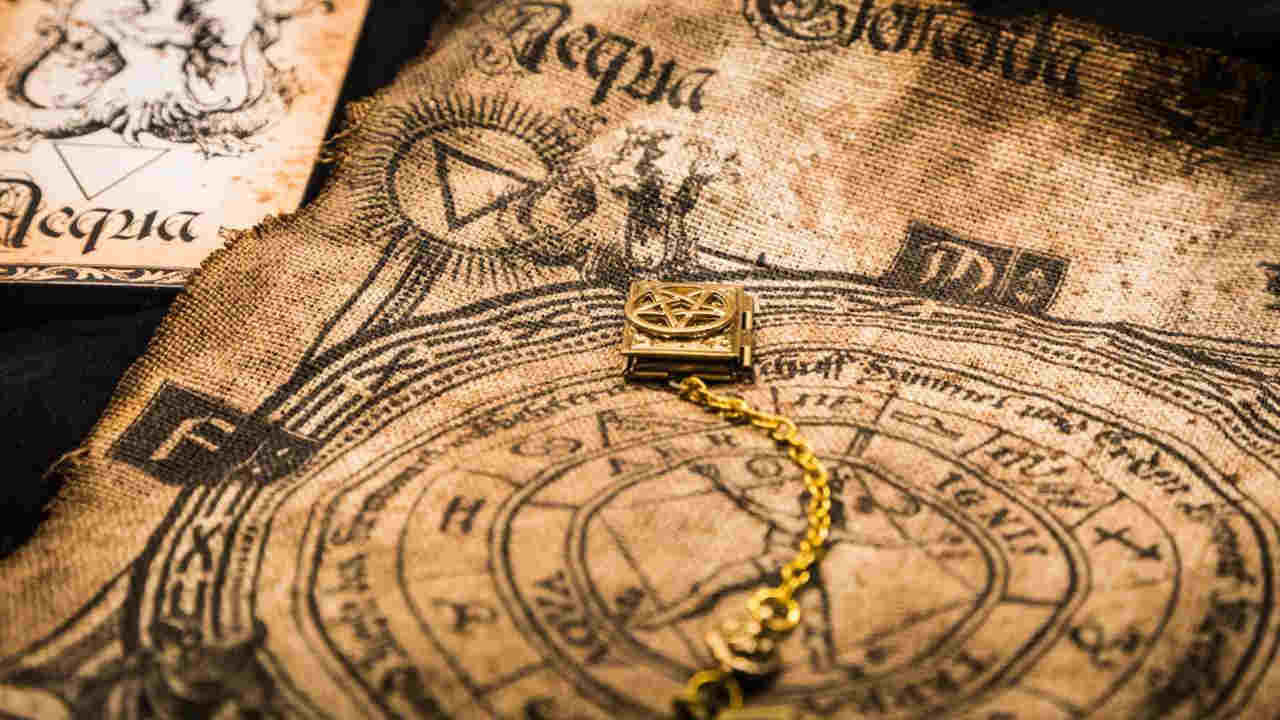





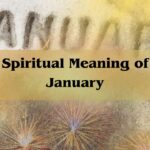

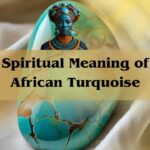











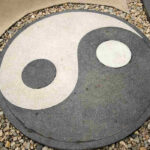










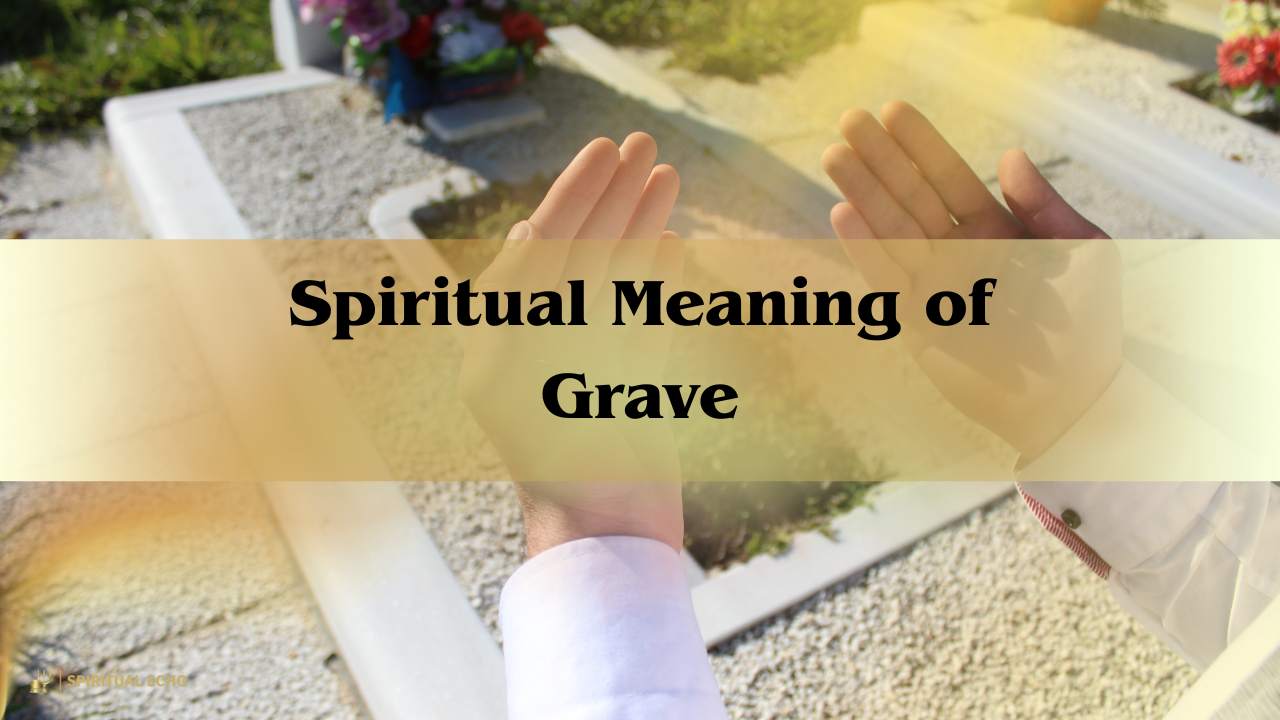
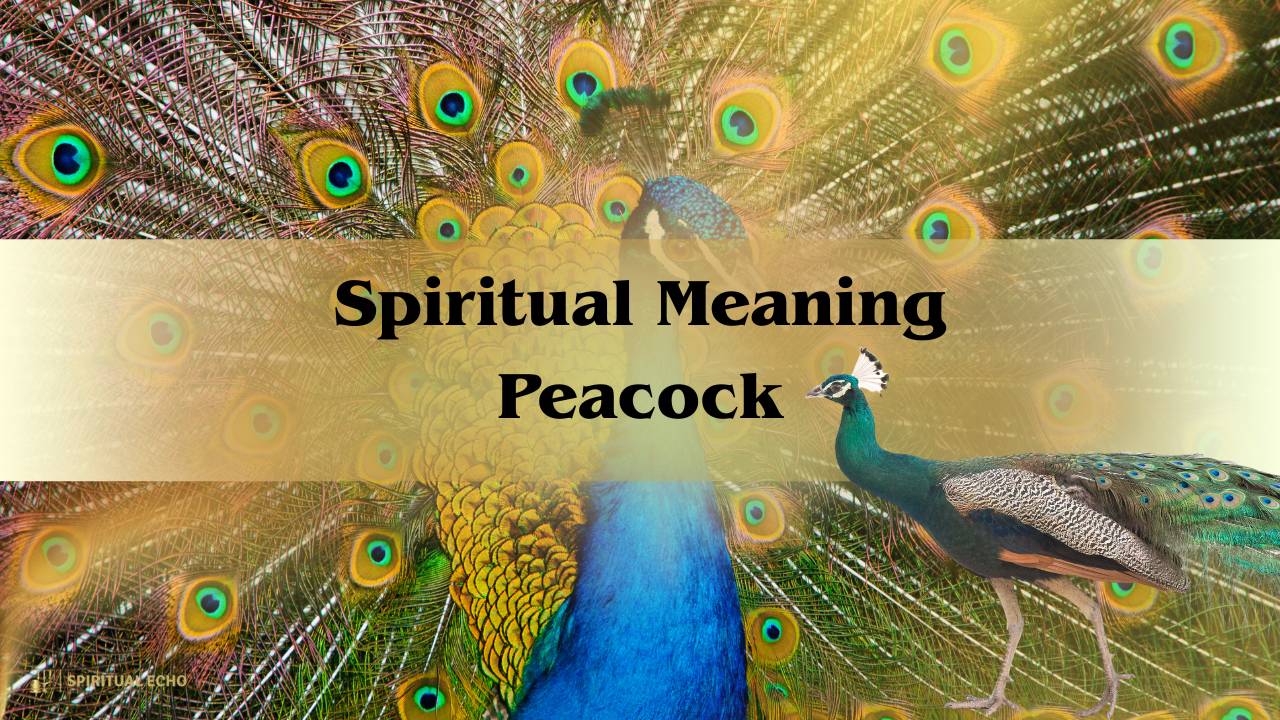
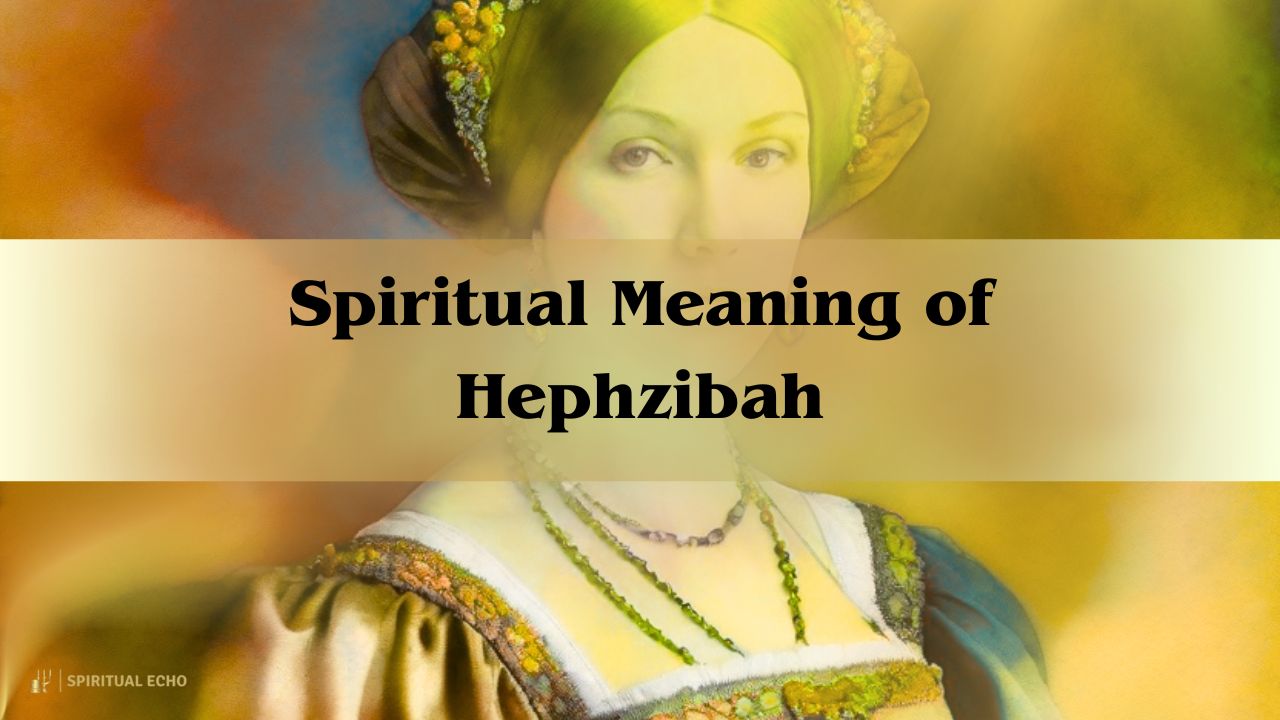
Leave a Reply